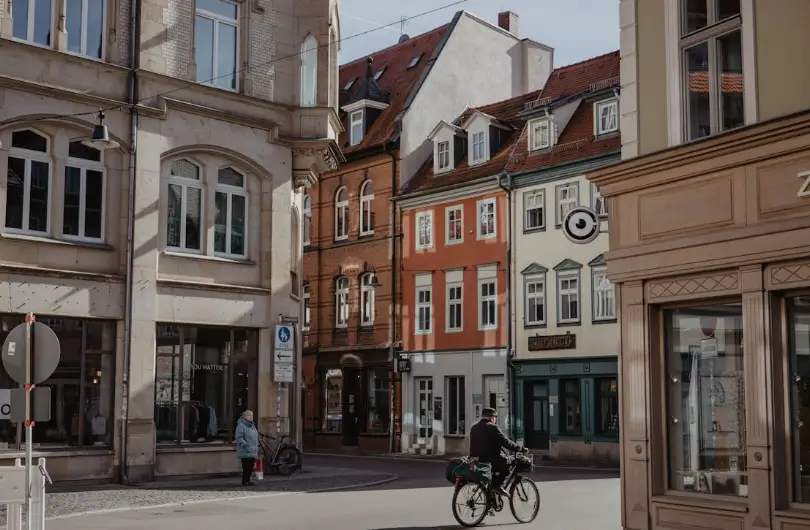A city's painful truth
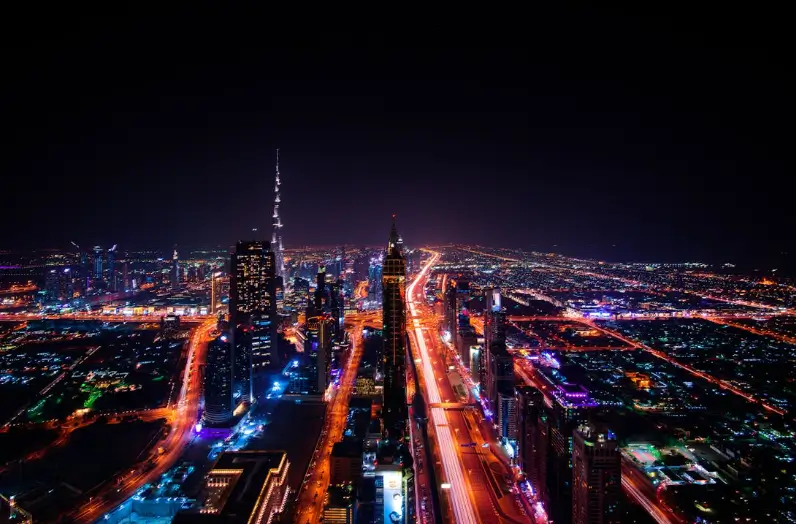
People dream of that perfect house out in the suburbs, large yard, quiet street, far from the noise but close enough for a 15‑minute drive to stores and entertainment. To some, that’s the picture of an ideal city. But here's the painful truth...cities were never meant to be like this.
They were never invented so everyone could spread out and mow their own acre. They were built so people could find each other.
Trade. Safety. Shared tools. Ideas colliding. That’s the core of a city. Always has been.
I know the pull of quiet streets and big yards. I like quiet too. But cities weren’t designed to be private estates. Cities are machines for proximity: they shrink the distance between you and the things you need.
That’s how cities were meant to breathe, alive, connected, human. But somewhere along the way, we forgot.
What a “city” actually is
At its simplest, a city is a high-density network of people, jobs, services, and culture. It’s not just tall buildings. It’s short trips. Many destinations within reach. Your life becomes easier because the things you do most are closer.
Economists call it agglomeration. The benefits we gain from clustering are deeper than efficiency alone. It’s how ideas mix, how skills spread, how cooperation happens faster when people share space. Lower costs to trade, quicker flow of knowledge, deeper labor markets that match talent with need, and countless unplanned collisions that spark innovation, the hallway conversations, the market stalls, the coffee lines. Those chance encounters are the quiet engine of progress.
If you’ve ever walked to a café, waved at a neighbor, grabbed meds at the corner pharmacy, and caught a bus without checking a schedule, congrats! You experienced the point of a city.
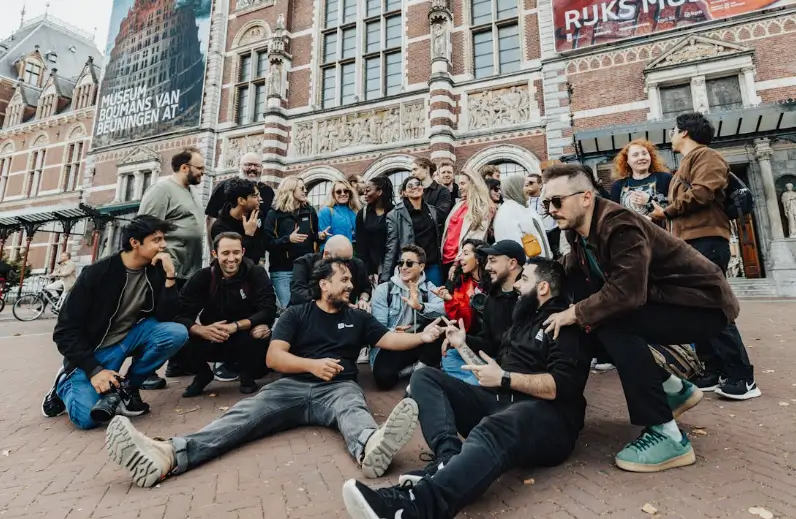
A quick history tour (promise it’s fun)
The earliest urban places formed where movement already flowed. Think water and crossroads.
Rivers like the Tigris and Euphrates (Uruk, later Babylon), the Nile (Memphis, Thebes), the Indus (Mohenjo-Daro, Harappa), and the Yellow River (Anyang) carried grain, stone, metal, and people with a fraction of the effort of overland hauling. Harbors and deltas became natural magnets for growth, where the ocean met the river and trade exploded along with ideas. And then there were the crossroads and oases, the Silk Road stops, caravan hubs, and market towns, where the promise of water and trade routes created settlements that would eventually blossom into full cities.
Archaeologists often point to Jericho and Çatalhöyük as early settled places, and Uruk in Mesopotamia as one of the first true cities. What did they share? Concentration. People clustered near food surplus and trade routes, which supported specialized roles: potters, scribes, metalworkers, builders, priests, guards. Once you have specialization, you get institutions. Once you get institutions, you get scale.
Cities didn’t arise because people loved crowds. They arose because proximity solved problems. For example:
- Security: walls are cheaper per person when people live close.
- Storage: granaries, docks, and markets serve more folks with fewer buildings when clustered.
- Infrastructure: one well or aqueduct can serve thousands when they’re near.
- Knowledge: skills pass faster when you’re a courtyard away from the master.
- Opportunity: when a harvest failed, or a craft went stale, the city offered another path.
Fast-forward to Athens, Alexandria, Chang’an, Tenochtitlan, Venice, Amsterdam, London, New York. The pattern repeats. Put people near water and trade, then connect them with streets, squares, and services. Density rises, trips shorten, exchange multiplies.
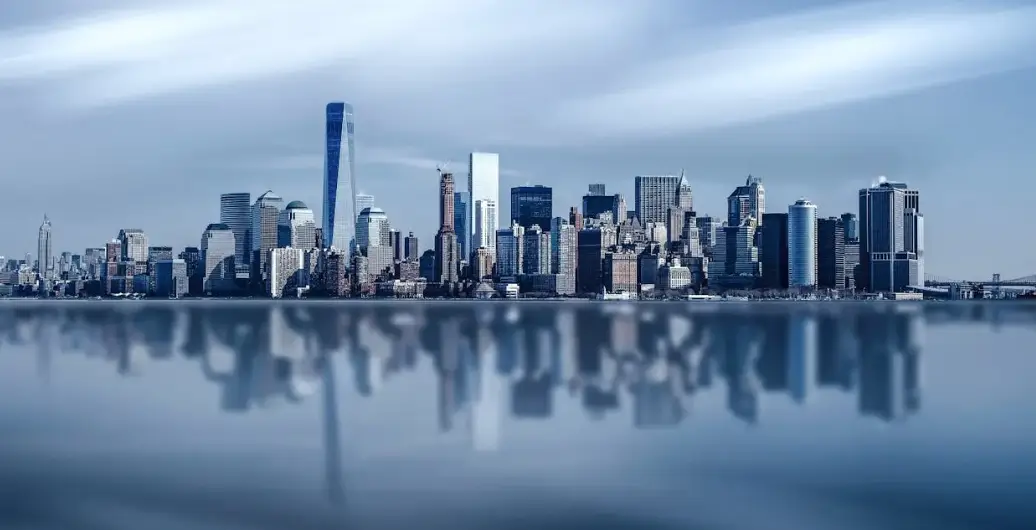
Why people kept moving to cities
It wasn’t just jobs people sought, it was options. Freedom to pivot, to reinvent, to choose a different path when one closed.
If you’ve been stuck in a one-industry town, you know how fragile that feels. Cities hedge that risk. Lose one job, find another. Need a specific doctor? There are three nearby. Want to learn a craft? Take a class two stops away. Want a different scene? Try a new neighborhood. The city’s strength is variety within reach.
And the more people arrive, the better the menu gets. More bakeries, more music, more languages, more small businesses. The feedback loop is real: As density grows, it fuels variety, more shops, more services, more experiences, which in turn attracts more people. That attraction brings even greater density, strengthening the very network that makes a city thrive.
Where things went sideways
For a long time, cities thrived as vibrant, compact cores within the broader landscape. People lived, worked, and traded within walking distance of one another. The boundaries between home and commerce, between craft and community, were blurred, and that was the beauty of it. Streets were living rooms. Markets were the heartbeats. The hum of activity was not chaos; it was coordination. That closeness gave cities their energy, resilience, and shared rhythm.
However, two 20th-century moves bent cities away from their purpose:
- The private automobile made long distances feel cheap. Great for freedom. Terrible for city math.
- Euclidean zoning separated homes, shops, and jobs and often required large lots and off-street parking. Distance became law, not just preference.
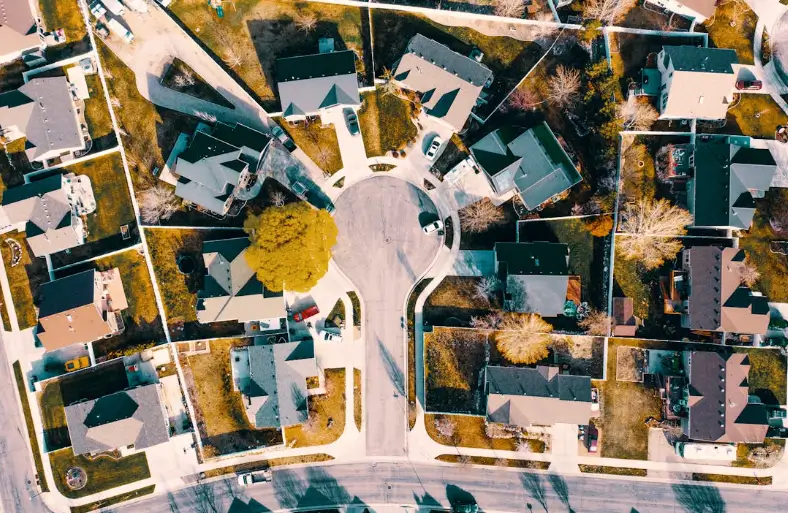
We started to measure “success” as fewer neighbors, wider setbacks, and more lanes. Instead of city winning so to speak, it became more of a city slowly becoming a suburb. This change is not what cities were meant to do...and it's also not cheap.
Here’s the bill that comes due when you stretch everything out:
- Infrastructure bloat: every extra foot between homes needs more pipe, wire, and asphalt. And guess who pays for that...YOU do..in taxes and fees.
- Traffic by design: separation means you drive for milk, school, and soccer...or whatever sport you are into. Multiply that by everyone. Now widen the road. Then widen it again...and again...and again.
- Housing scarcity: large minimum lots and bans on small homes throttle supply. Prices rise. And lo and behold we are in a housing crisis.
- Isolation: we engineered out chance encounters. We miss the social glue that keeps communities strong.
- Climate and land: more driving, more heat islands, more land paved that used to absorb water. That's not good for our environment...or your environment.
If a city zones for half-acre lots as the default, it’s like buying a top-end bike and removing the chain. It looks nice in the garage but doesn’t move you.
“But I want quiet and trees”
Me too! However, the answer isn’t sprawl. It’s design.
- Gentle density: think townhomes, duplexes, fourplexes, courtyard apartments. Still leafy. Still low-rise. Way more neighbors within walking distance of a corner store. To some of you this may sound a bit scary.
- Mixed-use blocks: homes over shops. Your café downstairs. Dentist down the street. Things that you need within walking distance. Short walking distance.
- Transit and safe streets: buses and trains for the longer trips. Calm traffic for the short ones.
- Parks and micro-greens: pocket parks, street trees, community gardens threaded through neighborhoods. Anywhere a tree can fit...fit it!
- Sound design: good windows, mid-block courtyards, tree canopies, setbacks that shape sound without forcing distance between everything and everyone.
Quiet is a product of street design and building quality, not lot size alone.
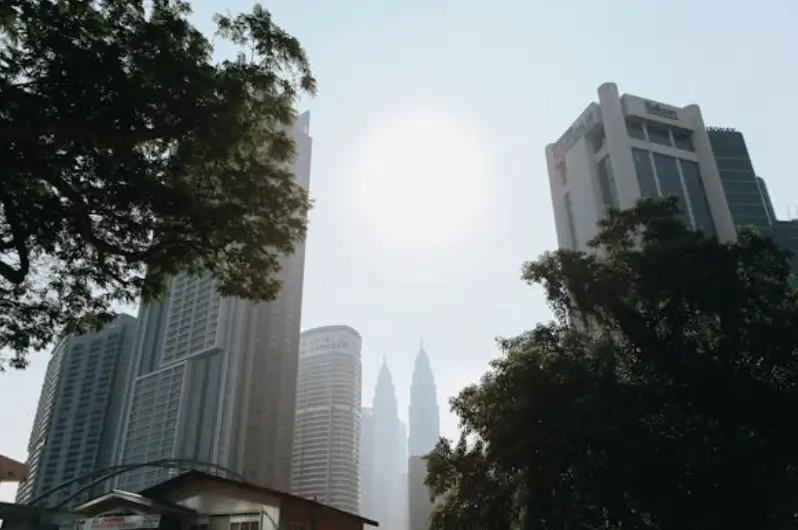
The policy culprits
When someone says “cities should allow large lots,” they often mean “let me opt out of proximity.” No judgement, it’s a natural desire. The problem is when that desire is coded into law for everyone else.
Watch for these:
- Minimum lot sizes that ban smaller homes and make entry-level housing illegal.
- Parking minimums that bloat costs and chew up land that could be homes or shops.
- Use segregation that forces daily needs far apart.
- Caps on units per acre that don’t match what the block can comfortably hold.
- Large setbacks and height caps that erase the missing middle.
These aren’t neutral rules. They are distance requirements dressed up as safety. If stormwater is the issue, regulate stormwater. If traffic is the issue, manage traffic. Don’t use lot size as a blunt instrument when precise tools exist.
What a city optimized for its purpose looks like
Picture this near you:
- A 5- to 15-minute everyday map: groceries, school, a clinic, a park, a bus stop, a few cafés. All walkable. You don't have to worry about traffic, parking, accidents, speeding tickets. Just a wonderful stroll to your nearby destination.
- Blocks of gentle density: house-scale buildings with 2–12 homes each. Fits the neighborhood, adds neighbors, supports a corner store (or if your from New York city, a bodega).
- Transit that’s reliable: frequent buses or a rail line for the bigger trips. You may have to deal with a bit of traffic, but hey, you're not the one driving.
- Safe streets: narrow lanes, raised crossings, protected bike lanes where logical.
- Trees everywhere: on sidewalks, in courtyards, along school edges. Shade first.
- Mixed incomes: legal room for ADUs, small apartments, and starter homes. Inclusionary tools where needed. Housing possibilities for everyone, everywhere.
- Stuff to do: studios, faith centers, barbers, bakeries, playgrounds. Life at eye level not boring sterilized neighborhoods. Have you sat in your house, trying to find something to do and not doing it because you don't feel like driving? Yeah, none of that anymore.
You still get quiet. You still get trees. You also get people around you. That’s the city doing its job.
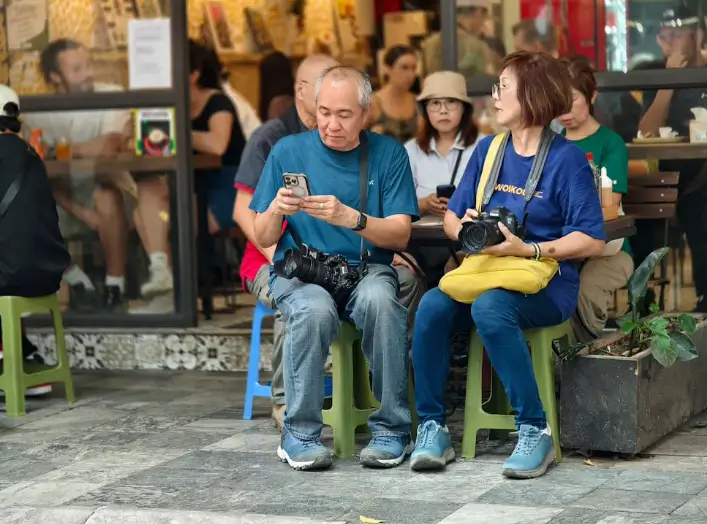
Why large-lot requests don’t fit city logic
Because they dilute the very network that makes cities work. Fewer households per mile means fewer customers to keep the corner store alive. Fewer riders for transit. Longer utility runs for the same tax base. And once you spread out, it’s hard to walk anything. Every errand becomes a car trip. Then we widen roads to “fix” the traffic those trips created.
If you want the feel of a village, great. Villages still cluster. They’re not an acre per lot with a 15-minute drive to milk. They’re small blocks, close-set homes, and a main street. The scale changes. The logic stays.
A quick personal note
As a planner, I’ve watched the push back on densification as harmless in a meeting. But then I think about the pipes, the lane miles, the school bus routes, the response times. The math doesn’t whisper. It yells. Distance is expensive. Distance is lonely. Distance, on repeat, breaks the city’s promise.
You deserve ease. You deserve choice. You deserve a neighborhood where kids can bike to a library and older adults can walk to a clinic. That comes from closeness, not from legislating everyone apart.
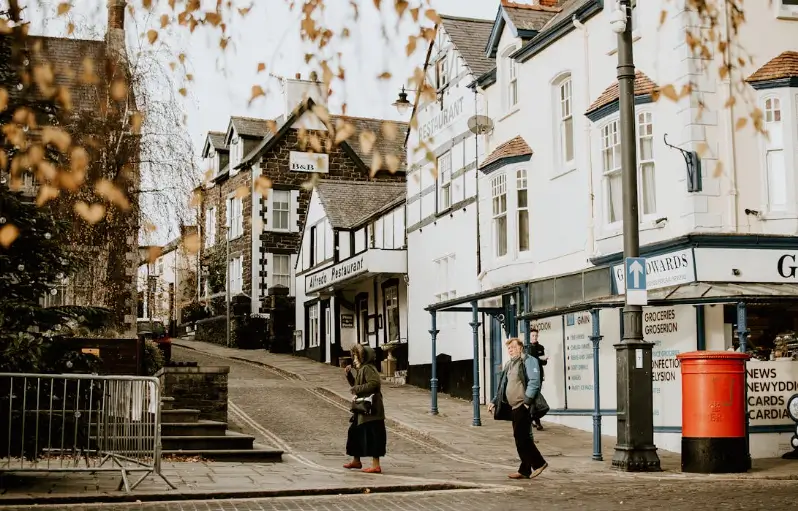
The takeaway
In short, cities aren’t problems to escape. They’re the shared tool we built to make life work better together. From Uruk to your block, the winning move has been the same: put more of life within reach.
So when someone asks for “large lots in the city,” ask back:
Do we want a place that’s spread thin, or a place that brings us close?
I know my vote.
%20(1200%20x%20237%20px)%20(300%20x%2059%20px).webp)
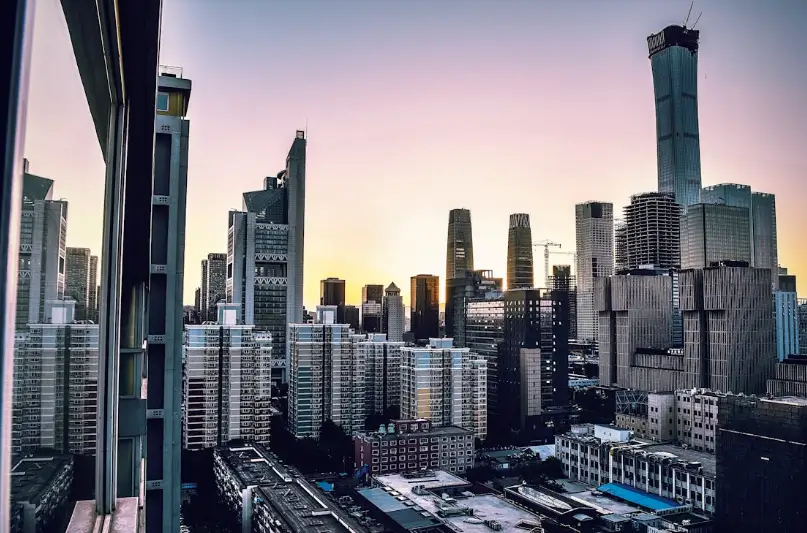
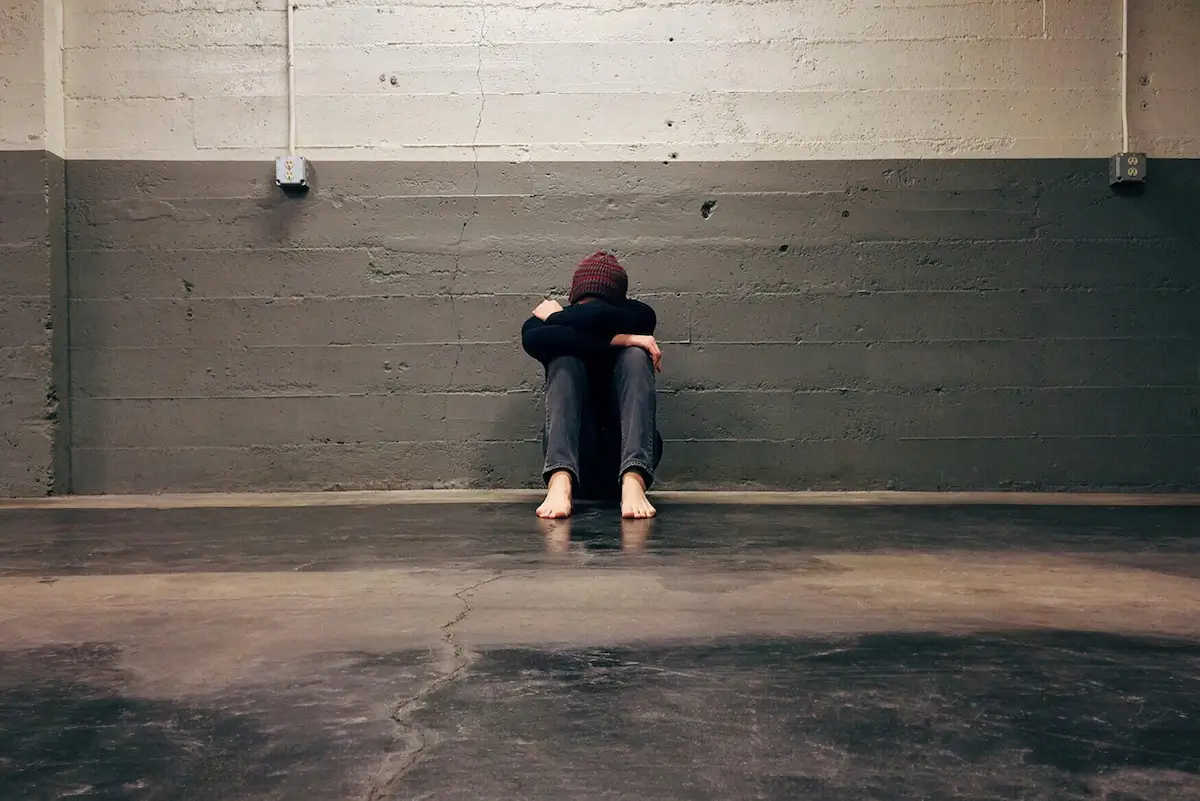
.webp)

